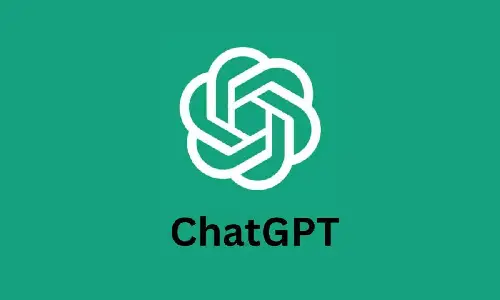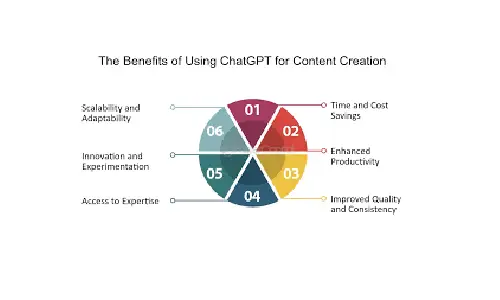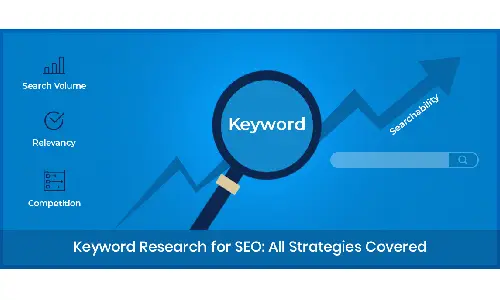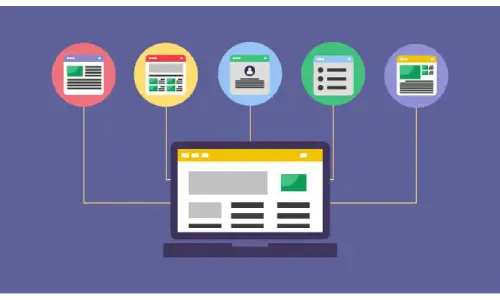
Increase traffic and improve content by writing SEO content using ChatGPT
Creating SEO-optimized content is essential for improving your website’s visibility on search engines. Leveraging tools like ChatGPT can make this process more efficient. In this guide, we will explore how to write SEO-optimized content using ChatGPT, focusing on best practices, keyword integration, and effective structuring. Let’s dive in!
Table of Contents
- Introduction to SEO-Optimized Content
- Benefits of Using ChatGPT for Content Creation
- Keyword Research and Selection
- Structuring Your Content
- Writing Compelling Titles and Headings
- Integrating Keywords Naturally
- Enhancing Readability
- Adding Visual Elements
- Monitoring and Updating Content
- Conclusion
Introduction to SEO-Optimized Content
SEO-optimized content is designed to rank well on search engines like Google. It involves strategic use of keywords, high-quality writing, and engaging formatting. By following SEO best practices, your content can attract more organic traffic and provide value to your audience.
Benefits of Using ChatGPT for Content Creation

ChatGPT, an AI language model developed by OpenAI, can assist in generating high-quality content quickly. Here are some benefits of using ChatGPT for content creation:
- Efficiency: ChatGPT can generate content at a faster pace than manual writing.
- Consistency: It ensures a consistent tone and style across your articles.
- Creativity: ChatGPT can provide creative ideas and unique angles for your topics.
- SEO Optimization: It can help integrate keywords seamlessly into your content.
Keyword Research and Selection

Keyword research is the foundation of SEO. Selecting the right keywords ensures your content is discoverable by search engines and relevant to your audience. Here are steps to conduct effective keyword research:
- Brainstorm Topics: Identify topics relevant to your niche.
- Use Keyword Tools: Utilize tools like Google Keyword Planner, Ahrefs, or SEMrush to find popular keywords.
- Analyze Competitors: Look at the keywords your competitors are ranking for.
- Long-Tail Keywords: Focus on long-tail keywords which have lower competition and are more specific.
- Search Intent: Understand the intent behind the keywords to match your content with what users are searching for.
Structuring Your Content

A well-structured article improves readability and SEO performance. Follow these tips to structure your content effectively:
- Introduction: Start with a compelling introduction that outlines the topic and its importance.
- Subheadings (H2, H3, H4): Use subheadings to break down your content into digestible sections.
- Paragraphs: Keep paragraphs short and focused on a single idea.
- Bullet Points and Lists: Use bullet points and lists to present information clearly.
- Conclusion: Summarize the key points and provide a call to action.
Writing Compelling Titles and Headings
Titles and headings are crucial for both SEO and user engagement. They should be descriptive, keyword-rich, and enticing. Here are some tips for crafting effective titles and headings:
- Include Keywords: Incorporate primary and secondary keywords.
- Be Descriptive: Clearly describe what the content is about.
- Use Power Words: Words like “ultimate,” “guide,” “best,” and “how-to” can attract attention.
- Keep It Short: Aim for titles that are concise and to the point.
- Test Variations: Experiment with different titles to see which performs best.
Integrating Keywords Naturally
Keyword integration should feel natural and not forced. Here’s how to seamlessly incorporate keywords into your content:
- Primary Keywords: Use the primary keyword in the title, first paragraph, and throughout the article.
- Secondary Keywords: Sprinkle secondary keywords naturally in subheadings and body text.
- Synonyms and Variations: Use synonyms and variations of your keywords to avoid repetition.
- LSI Keywords: Include Latent Semantic Indexing (LSI) keywords related to your main topic.
Enhancing Readability
Readable content keeps readers engaged and reduces bounce rates. Here are ways to enhance readability:
- Simple Language: Use simple and straightforward language.
- Short Sentences: Keep sentences short to improve comprehension.
- Active Voice: Write in the active voice to make your writing more direct.
- Formatting: Use bold, italics, and headings to highlight important information.
- Visual Aids: Incorporate images, charts, and infographics to support your text.
Example of an H2 with Visual Elements
Adding Visual Elements
Visual elements like images, videos, and infographics can significantly enhance your content. They break up text and provide visual interest. Here’s how to effectively use visual elements:
- Relevant Images: Use high-quality images that relate to your content.
- Alt Text: Add descriptive alt text to images for better SEO.
- Infographics: Create infographics to visualize complex information.
- Videos: Embed videos to provide additional value and engage users.
- Captions: Include captions to explain and add context to your visuals.
Monitoring and Updating Content
SEO is an ongoing process. Regularly monitoring and updating your content ensures it remains relevant and effective. Here’s what to do:
- Analytics: Use tools like Google Analytics to track performance.
- Keyword Trends: Stay updated with keyword trends and adjust your content accordingly.
- Refresh Content: Periodically update old content with new information and keywords.
- User Feedback: Listen to user feedback and make necessary improvements.
- Backlinks: Build and maintain backlinks to increase your content’s authority.
Conclusion
Writing SEO-optimized content with ChatGPT can streamline your content creation process while ensuring high-quality output. By focusing on keyword research, effective structuring, natural keyword integration, and regular updates, you can enhance your website’s visibility and provide valuable information to your audience. Start leveraging ChatGPT today to take your content strategy to the next level!

